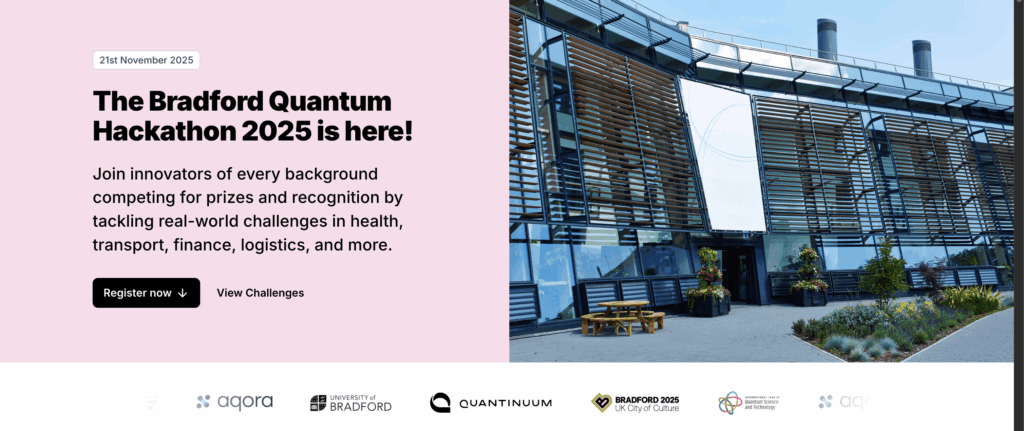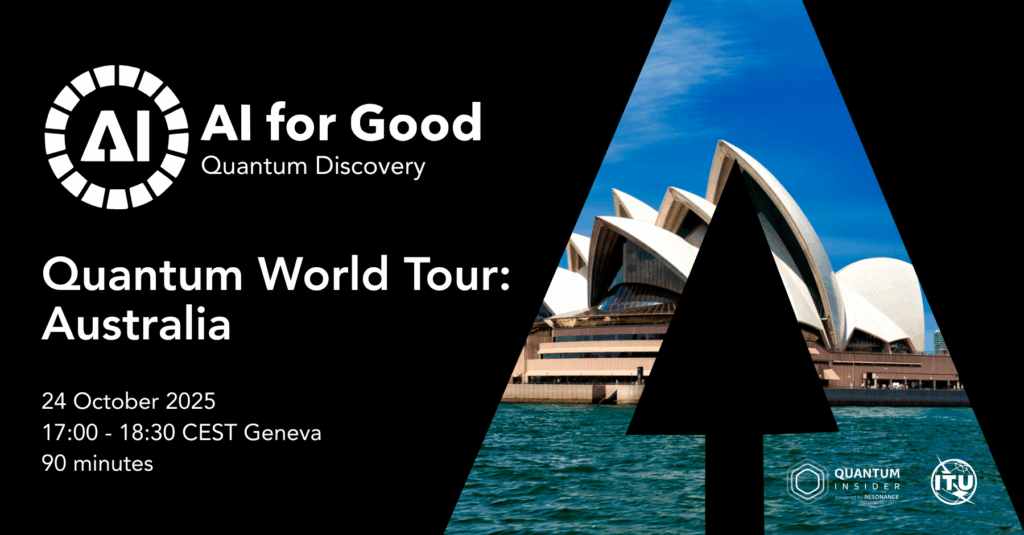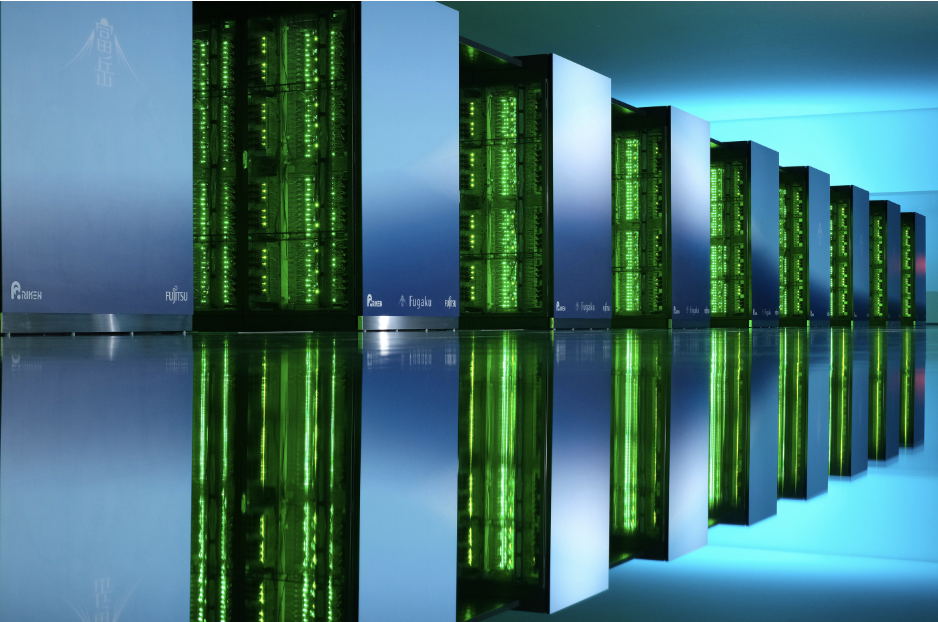Insider Brief
- Quantum machine learning (QML) can significantly enhance quantum key distribution (QKD), a core component of secure quantum communication systems.
- QML improves QKD performance by enabling better quantum state selection, real-time eavesdropping detection, adaptive protocol optimization, and more efficient random number generation.
- Adani University researchers, however, caution that integration of QML faces hurdles such as hardware limitations, data encoding challenges, and the need for quantum-native algorithm design.
Quantum machine learning (QML) can reinforce one of the most mature applications of quantum cryptography — quantum key distribution (QKD) — potentially reshaping the future of secure communication networks, according to a recent study published in Frontiers in Quantum Science and Technology.
The paper, authored by Krupa Purohit and Ajay Kumar of Adani University in India, reviews recent developments at the intersection of QML and QKD. It argues that intelligent algorithms rooted in quantum computing can enhance the performance, reliability and scalability of quantum cryptographic protocols in real-world environments.
“Quantum cryptography has emerged as a radical research field aimed at mitigating various security threats in modern communication systems,” the team writes. “The integration of Quantum Machine Learning (QML) protocols plays a crucial role in enhancing security measures, addressing previously inaccessible threats, and improving cryptographic efficiency.”

Quantum Cryptography and the Promise of QKD
Quantum cryptography offers a radically different approach to secure communications by relying on the laws of quantum mechanics rather than the mathematical complexity of traditional cryptographic algorithms, the researchers write. Among its various branches, QKD stands out as the most practical. It enables two parties to generate and share a secret encryption key over a quantum channel while guaranteeing that any eavesdropping attempt is detectable.
QKD protocols rely on quantum particles — such as photons — being transmitted between users. Any attempt to intercept or measure these particles would disturb their quantum states, alerting both users to the breach. This property ensures a level of security unattainable by classical methods.
Current QKD systems fall into two categories: discrete-variable protocols like BB84, which use the polarization states of single photons, and continuous-variable protocols, which manipulate the amplitude and phase of light. Advances in both forms have led to experimental deployments over fiber, satellite, and free-space optical links.
Yet QKD still faces significant technical challenges, including noise, scalability limits, hardware imperfections and signal losses over long distances. That’s where QML enters the picture.
How QML Enhances QKD
Quantum machine learning merges classical machine learning techniques with quantum computing’s unique properties. Instead of training algorithms on digital data using bits, QML can exploit qubits — or, quantum bits — to process and classify data more efficiently, especially when the data is high-dimensional or nonlinear.
Hybrid systems — where quantum and classical ML approaches are matched — offers scientists a powerful tool to improve QKD, as well.
“With the integration of quantum computing into classical machine learning, QML emerges as a powerful approach to enhance computational performance,” the researchers write.
Purohit and Kumar identify several ways QML can improve QKD, including these four critical enhancements:
- Improved State Selection and Error Reduction
QML algorithms can assist in the intelligent selection of quantum states for transmission, reducing redundant or error-prone configurations. By learning from patterns in past transmissions, these algorithms help minimize the need for repeated measurements, cutting down on resource usage. - Real-Time Anomaly Detection
One of the most pressing security tasks in QKD is detecting eavesdropping attempts. QML-based models, such as quantum neural networks or quantum-enhanced classifiers, can flag deviations in expected patterns of quantum bit error rates or transmission timing—helping detect tampering in real time. - Optimizing Protocols for Efficiency and Scalability
QML can aid in the design of adaptive QKD protocols that adjust operational parameters on the fly depending on channel conditions. These adaptive schemes can use reinforcement learning or hybrid classical-quantum GANs (Generative Adversarial Networks) to maintain performance across noisy or fluctuating environments. - Quantum Random Number Generation and Side-Channel Mitigation
Random numbers are essential for key generation in QKD. QML can improve the efficiency and unpredictability of quantum random number generators. Moreover, QML-based analysis can identify and close side-channel vulnerabilities—weak points in physical implementations that adversaries could exploit.
Broader Research Areas and Implementation Challenges
Beyond QKD, the review highlights applications of QML in other branches of quantum cryptography. These include secure multi-party computation, homomorphic encryption (which allows computation on encrypted data), and post-quantum cryptography—a class of algorithms designed to remain secure even against powerful quantum computers.
However, Purohit and Kumar note that the integration of QML with QKD is still in its early stages. While simulations and theoretical models suggest strong performance gains, practical deployment faces several hurdles:
- Hardware Constraints: Most QML algorithms require more stable and scalable quantum hardware than is currently available.
- Data Encoding and Loading: Translating classical data into quantum formats for processing is computationally expensive and error-prone.
- Hybrid Trade-offs: Combining classical and quantum elements introduces synchronization issues, latency, and increased system complexity.
- Model Optimization: Current QML models are often adapted from classical techniques, leaving room for more tailored quantum-native architectures.
The authors call for the development of dedicated QML frameworks optimized for cryptographic workloads, especially those that can operate on noisy intermediate-scale quantum (NISQ) devices, the current generation of quantum computers that are powerful but error-prone.
Future Directions in Quantum-Safe Networks
As quantum networks begin to form, the pressure to enhance their resilience grows. A key insight from the study is that QML isn’t just about speeding up algorithms or improving predictions — it’s also about enabling adaptability.
For example, reinforcement learning models could help QKD systems learn from environmental feedback and dynamically alter their strategies—switching protocols, adjusting detection thresholds, or reallocating computational resources without human intervention. These capabilities could be particularly valuable in mission-critical applications like defense, finance, and satellite communications.
As researchers pursue larger, more interconnected quantum networks, QML’s ability to manage distributed systems, detect anomalies, and optimize resource allocation will also become increasingly important.
As quantum hardware continues to improve, the integration of QML into quantum communication systems could serve as the linchpin that connects raw physical principles to scalable, secure infrastructure. In doing so, it could help secure the backbone of digital communication in the quantum age.
















